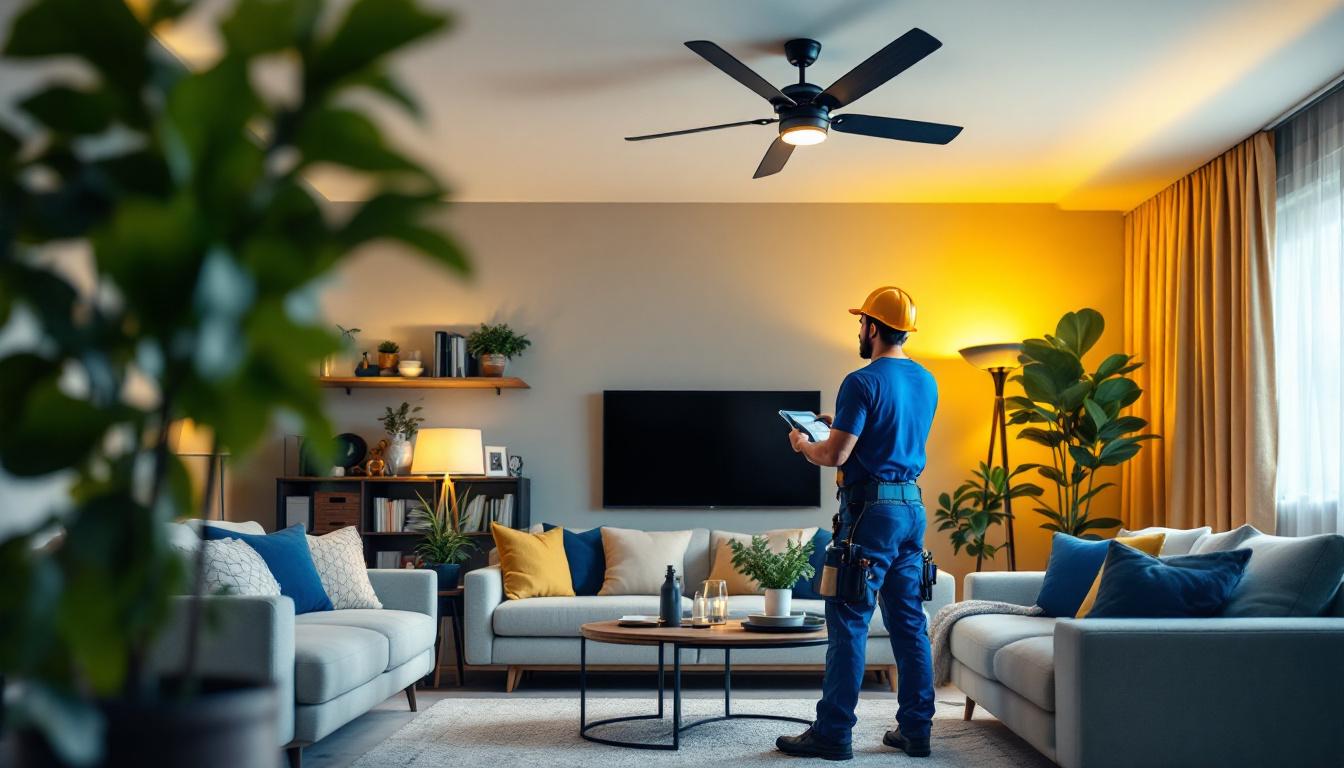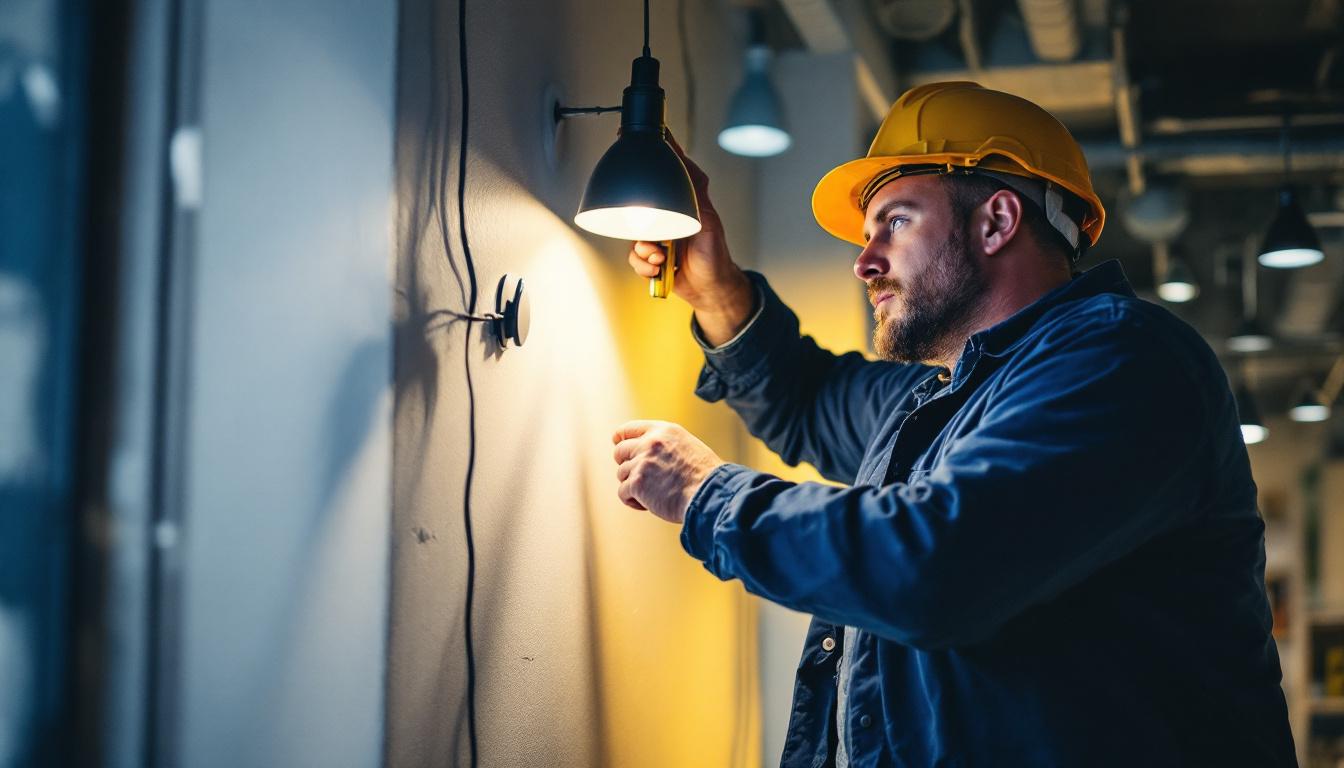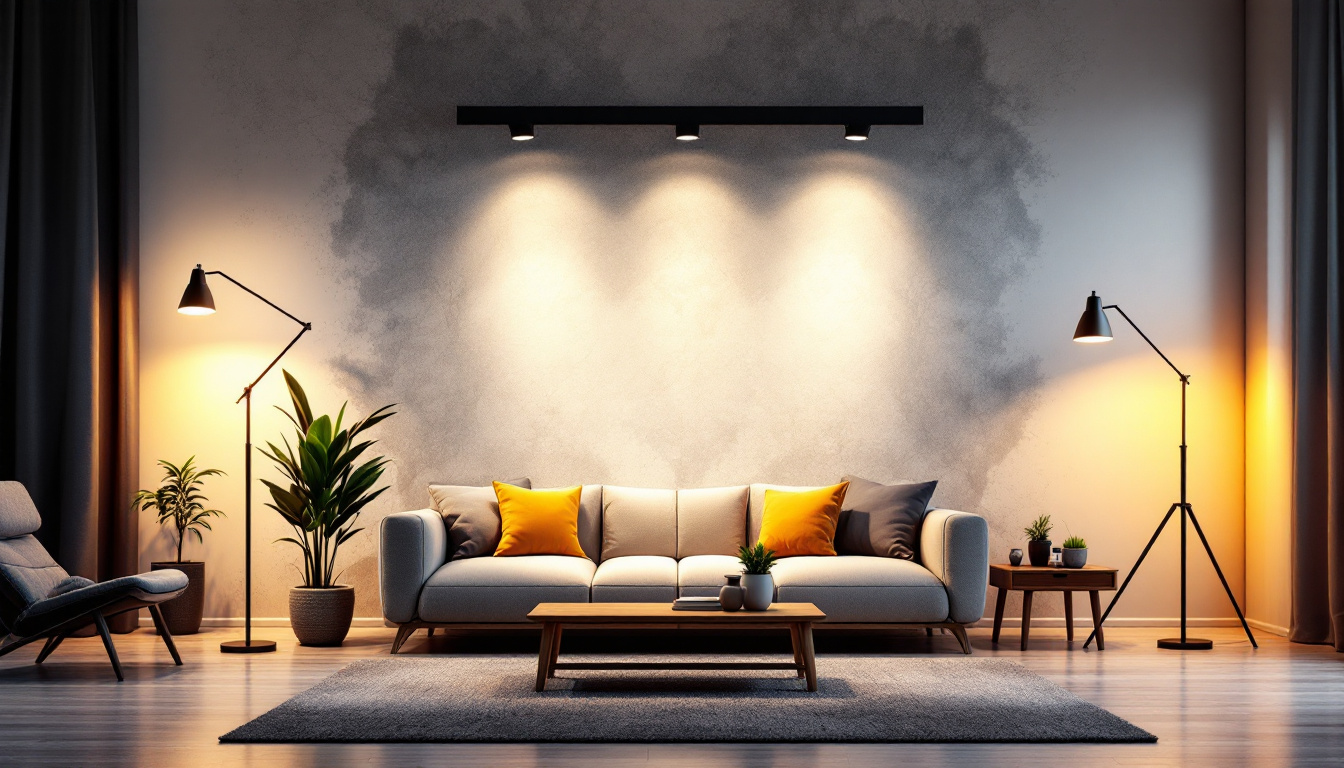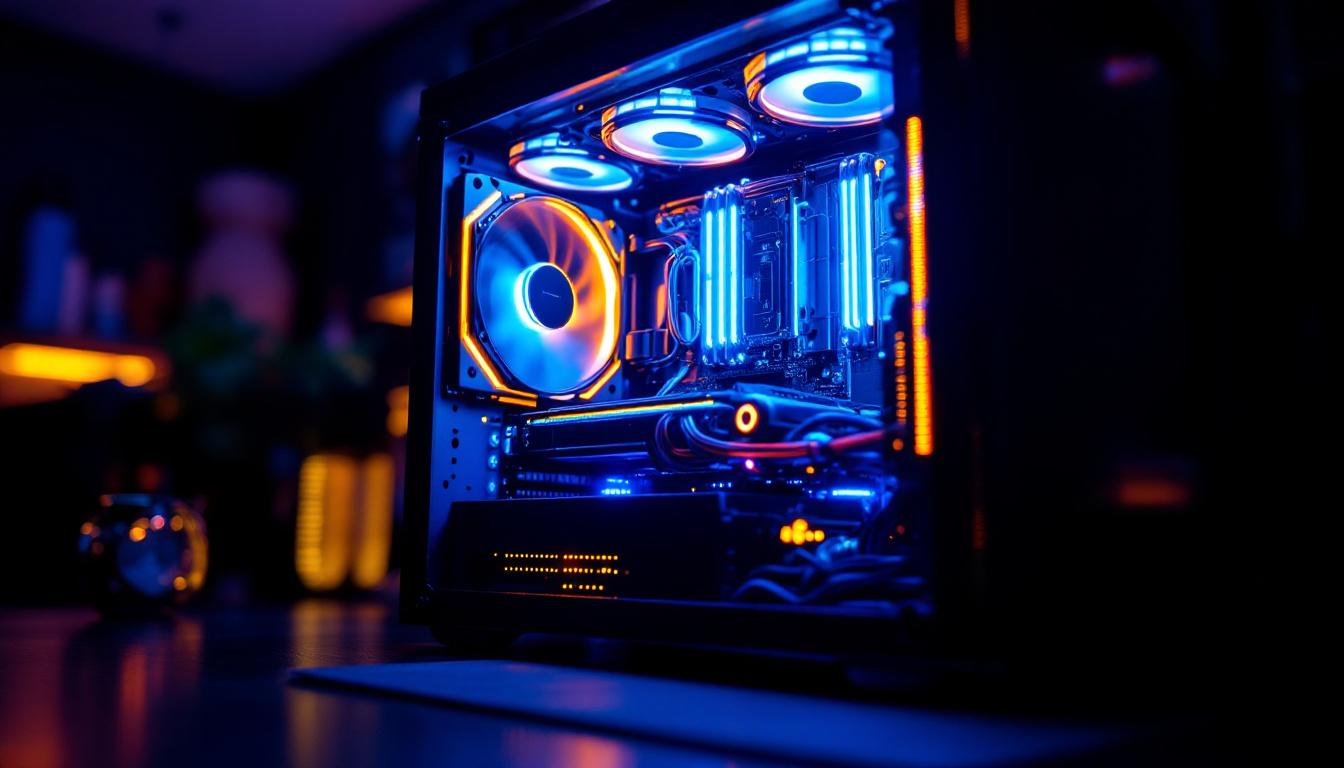
In the ever-evolving world of lighting technology, LED wall panel lights have emerged as a popular choice for both residential and commercial spaces. As a lighting contractor, understanding the nuances of these fixtures is essential for providing clients with informed recommendations and ensuring successful installations. This article delves into the key aspects of LED wall panel lights that every lighting contractor should be familiar with, from their benefits to installation best practices.
LED wall panel lights are flat, slim fixtures that are typically mounted on walls or ceilings. They are designed to provide uniform illumination, making them ideal for various applications, including offices, retail spaces, and homes. These lights come in various shapes, sizes, and color temperatures, allowing contractors to choose the right option for their specific projects.
One of the defining characteristics of LED wall panel lights is their energy efficiency. Compared to traditional fluorescent or incandescent lights, LEDs consume significantly less power while providing the same or even greater levels of brightness. This efficiency not only reduces energy costs but also contributes to a lower carbon footprint, aligning with the growing demand for sustainable building practices.
LED wall panel lights offer several advantages that make them an attractive option for contractors. Firstly, their slim profile allows for easy installation in tight spaces, making them versatile for various applications. Additionally, they often come with features such as dimming capabilities, color temperature adjustments, and smart technology integration, providing clients with customizable lighting solutions.
Moreover, the longevity of LED lights is a significant selling point. With a lifespan that can exceed 50,000 hours, these fixtures require less frequent replacements, reducing maintenance costs for clients. This durability is particularly beneficial in commercial settings where consistent performance is crucial.
Another noteworthy feature of LED wall panel lights is their ability to produce high-quality light without flickering, which can be a common issue with older lighting technologies. This flicker-free illumination is essential in environments where visual comfort is paramount, such as schools and hospitals, as it helps to reduce eye strain and improve overall well-being. Additionally, many LED wall panels are designed to be compatible with various control systems, allowing for seamless integration into existing building management systems. This adaptability not only enhances the user experience but also promotes energy savings through intelligent lighting management.
Furthermore, LED wall panel lights are available in a range of styles and finishes, enabling designers to select options that complement the aesthetic of a space. From sleek, modern designs to more traditional looks, these fixtures can enhance the overall decor while providing functional lighting. Some manufacturers even offer customizable options, allowing businesses to brand their lighting solutions with specific colors or logos, making them an excellent choice for retail environments where branding is key.
Before beginning any installation, it is essential to conduct a thorough assessment of the space. This includes evaluating the existing electrical infrastructure, determining the appropriate locations for the fixtures, and considering the lighting needs of the occupants. Proper planning can help avoid potential issues during installation and ensure optimal performance of the LED wall panel lights.
Additionally, contractors should familiarize themselves with local building codes and regulations that may impact the installation process. Adhering to these guidelines not only ensures compliance but also enhances the safety and reliability of the lighting system.
When it comes to wiring LED wall panel lights, it is crucial to follow manufacturer instructions carefully. Most LED panels are designed to be hardwired, meaning they must be connected directly to the electrical supply. This process typically involves connecting the fixture to a junction box, ensuring that all connections are secure and insulated to prevent electrical hazards.
Mounting techniques can vary depending on the specific product and the surface to which it is being attached. Some panels come with mounting brackets, while others may require adhesive or screws. It is important to use the appropriate mounting hardware to ensure the fixture remains securely in place, especially in high-traffic areas.
There are several types of LED wall panel lights available on the market, each designed for specific applications. For instance, edge-lit panels provide a sleek, modern look and are often used in commercial settings. They offer even light distribution and are typically thinner than backlit panels, making them ideal for spaces with limited ceiling height.
On the other hand, backlit panels are thicker and provide a more uniform light output. These fixtures are often used in areas where maximum brightness is required, such as conference rooms or retail spaces. Understanding the differences between these types can help contractors make informed decisions based on the needs of their clients.
Another critical factor to consider when selecting LED wall panel lights is color temperature. Measured in Kelvin (K), color temperature affects the ambiance of a space. Warmer tones (around 2700K to 3000K) create a cozy atmosphere, making them suitable for residential applications. In contrast, cooler tones (4000K to 5000K) are often preferred in commercial settings for their bright, energizing effect.
Brightness is measured in lumens, and it is essential to choose a fixture that provides adequate illumination for the intended space. A well-lit area enhances productivity and comfort, while insufficient lighting can lead to eye strain and decreased efficiency. Contractors should assess the specific lighting requirements of each project to ensure the right balance of brightness and color temperature.
As energy costs continue to rise, clients are increasingly seeking solutions that not only provide quality lighting but also reduce energy consumption. LED wall panel lights are a prime example of energy-efficient technology. By consuming significantly less power than traditional lighting options, they help lower utility bills and contribute to a more sustainable future.
Moreover, many LED products are now designed to meet or exceed energy efficiency standards set by organizations such as ENERGY STAR. These certifications provide assurance to clients that they are making a responsible choice when selecting LED fixtures. As a contractor, promoting energy-efficient solutions can enhance your reputation and attract environmentally conscious clients.
In addition to choosing energy-efficient products, contractors can adopt sustainable practices throughout the lighting design and installation process. This includes using recyclable materials, minimizing waste during installation, and educating clients about the benefits of energy-efficient lighting.
Furthermore, incorporating smart lighting controls can enhance the sustainability of a project. These systems allow users to adjust lighting levels based on occupancy or time of day, further reducing energy consumption. By offering clients comprehensive solutions that prioritize sustainability, contractors can position themselves as leaders in the industry.
One of the common challenges contractors face when working with LED wall panel lights is compatibility with existing electrical systems. In some cases, older wiring or fixtures may not support the new technology, leading to flickering or insufficient power supply.
To address these issues, it is essential to conduct a thorough evaluation of the existing electrical system before installation. Upgrading wiring or installing compatible drivers may be necessary to ensure optimal performance. Additionally, educating clients about potential upgrades can help manage expectations and facilitate smoother installations.
Another challenge contractors often encounter is managing client expectations regarding LED lighting performance. Some clients may have preconceived notions about the brightness or color quality of LED fixtures based on past experiences with older technology.
To mitigate this, contractors should take the time to educate clients about the advancements in LED technology. Providing samples or demonstrations can help clients visualize the potential of LED wall panel lights and make informed decisions. Clear communication about the benefits and limitations of the products can also foster trust and satisfaction.
The future of LED wall panel lighting is increasingly intertwined with smart technology. As the demand for smart homes and buildings grows, integrating LED fixtures with smart systems is becoming more common. This allows users to control their lighting remotely, set schedules, and even adjust color temperatures based on their preferences.
For contractors, staying abreast of these trends is crucial. Understanding how to install and configure smart lighting systems can provide a competitive edge and open new opportunities for projects. Additionally, offering clients the latest in smart technology can enhance their overall satisfaction and engagement.
As the market for LED wall panel lights continues to expand, manufacturers are focusing on innovative designs and aesthetics. This includes customizable options, such as different shapes, colors, and finishes, allowing contractors to offer tailored solutions that align with their clients’ design visions.
Staying informed about these advancements can help contractors provide unique and appealing lighting solutions that stand out in the market. By embracing new design trends, contractors can enhance their portfolio and attract a broader range of clients.
LED wall panel lights represent a significant advancement in lighting technology, offering energy efficiency, versatility, and longevity. For lighting contractors, understanding the intricacies of these fixtures is essential for successful installations and satisfied clients. By staying informed about installation best practices, product options, and emerging trends, contractors can position themselves as experts in the field.
As the demand for sustainable and efficient lighting solutions continues to grow, embracing LED technology will not only benefit contractors but also contribute to a brighter, more sustainable future for all. By prioritizing education, quality installations, and innovative solutions, lighting contractors can thrive in this dynamic industry.
Ready to elevate your lighting installations with the efficiency and sophistication of LED wall panel lights? Look no further than LumenWholesale for an unparalleled selection of premium, spec-grade lighting products. Our commitment to quality and affordability ensures that you can access the best lighting solutions for any project, big or small. Say goodbye to inflated markups and hello to hassle-free bulk buying with free shipping. Don’t compromise on quality or value—choose LumenWholesale for Wholesale Lighting at the Best Value and light up your clients’ spaces with confidence and style.

Discover how lighting contractors can master Contempo Fan installations with expert tips, boosting efficiency and customer satisfaction. Unlock success today!.

Discover essential insights on lumen per sq ft for lighting contractors, learn how to optimize lighting design, and boost project efficiency—start mastering today!.

Discover the ultimate guide to LED can lights with our comprehensive article.

Discover the essentials of computer cabinet LED lighting in our comprehensive guide tailored for lighting contractors.